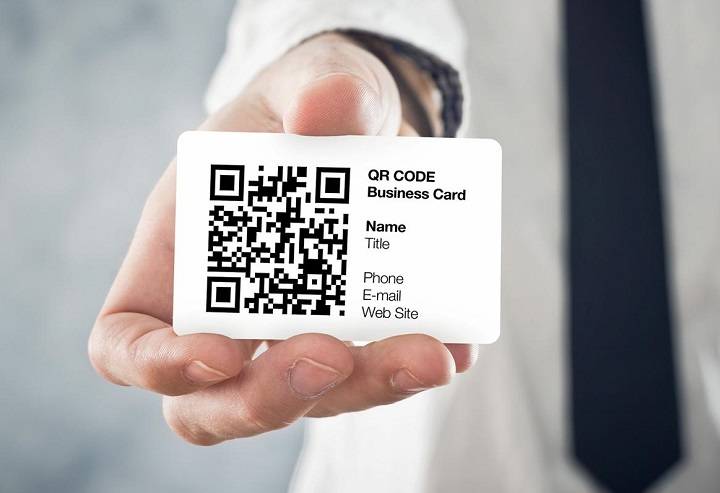In this digital age, the way we connect and exchange information has evolved significantly. Business cards have been a staple in networking for decades, but with the advent of QR codes, there’s a new and exciting twist on this age-old tradition. In this article, we will explore the concept of QR code business cards, their benefits, and how to create one that stands out in a competitive world.
Understanding QR Codes
QR codes, short for Quick Response codes, are two-dimensional barcodes that can store various types of information, such as URLs, contact details, or text. When scanned with a smartphone or QR code reader, they instantly provide access to this information. The versatility of QR codes has led to their adoption in various fields, including marketing, ticketing, and now, business networking.
Benefits of QR Code Business Cards
Enhanced Accessibility:

QR codes can be scanned with any smartphone, making it easy for anyone to access your contact information or website.
It eliminates the hassle of manual data entry, ensuring accuracy and efficiency.
Eco-Friendly:
Traditional paper business cards contribute to environmental waste. QR code business cards are a sustainable alternative.
They reduce the need for printing and the associated costs.
Real-time Updates:
With QR code business cards, you can change your contact details or website information without the need for reprints.
Keep your connections up to date with your latest information effortlessly.
Creating Your QR Code Business Card
Define Your Objective:

Determine what information you want to include in your QR code, such as your name, company, phone number, email, and website.
Consider your target audience and what information will be most relevant to them.
Choose a QR Code Generator:
There are numerous online QR code generators available for free. Some popular options include QR Code Generator, QRStuff, and QR-Code-Generator.com.
Select a generator that suits your needs and follow their guidelines for creating a QR code.
Design Your Card:
Keep the design clean and professional, ensuring that the QR code is easily scannable.
Place the QR code prominently on the card, along with your contact information and any branding elements.
Test and Optimize:
Before finalizing your QR code business card, test it to ensure that it scans correctly.
Ensure that the code size is appropriate for easy scanning and that the linked information is up to date.
Distribute Your Cards:
Share your QR code business cards at networking events, conferences, and meetings.
Encourage your contacts to scan the QR code for instant access to your information.
Best Practices for QR Code Business Cards
Use High-Quality QR Codes:
A high-resolution QR code ensures better scanning performance. Low-quality codes can lead to frustration and loss of opportunities.
Incorporate a Call to Action (CTA):
Include a message near the QR code, instructing the recipient to scan it for more information or to connect with you on social media.
Monitor Analytics:
Some QR code generators offer tracking features, allowing you to see how often your code is scanned. Use this data to gauge the effectiveness of your card.
QR code business cards offer a modern and eco-friendly approach to networking. They provide enhanced accessibility, real-time updates, and the flexibility to adapt to changing circumstances. By following best practices in design and distribution, you can make the most of this innovative tool and stand out in the competitive world of networking. Embrace the QR code revolution, and watch your connections grow in the digital age.


